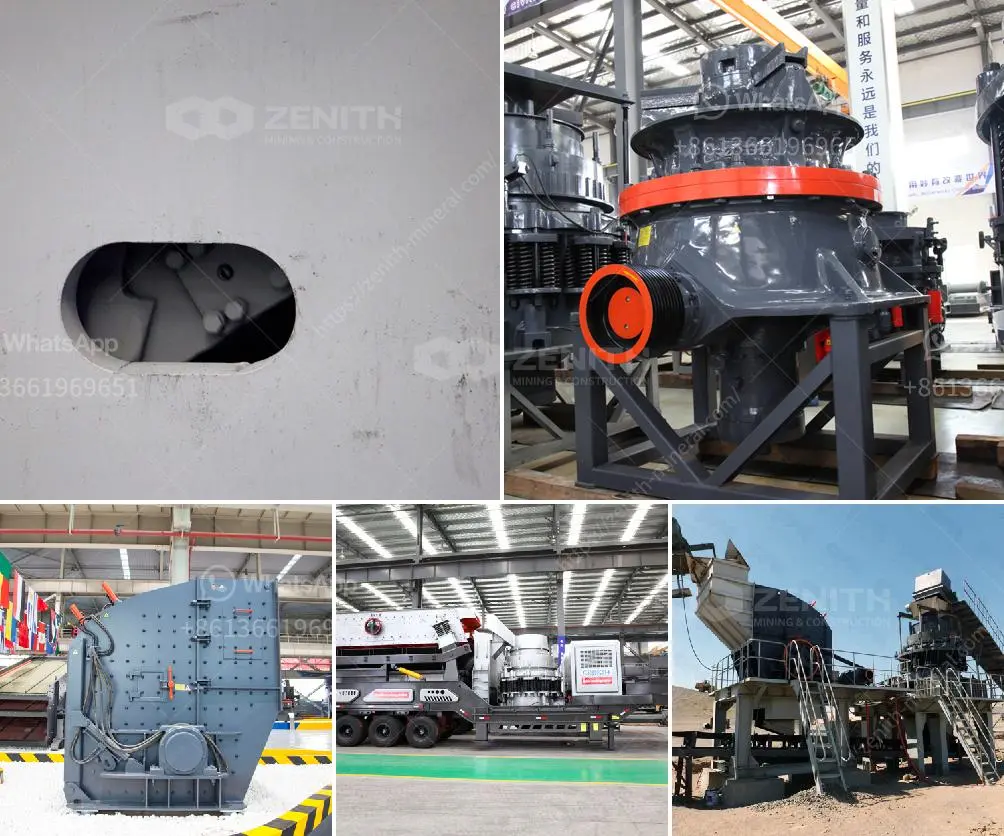Determining a crusher's hourly output involves considering several factors and using specific formulas related to mechanical and operational aspects. Here are some aspects and formulas used to determine a crusher's output:
-
Crusher Throughput Capacity:
- The capacity of a crusher is given by the formula:
\[
Q = \frac{w \times s \times f \times n}{k}
\]
where:
- ( Q ) is the capacity (in tons per hour),
- ( w ) is the width of the discharge opening (typically in meters),
- ( s ) is the stroke length (in meters),
- ( f ) is the frequency of the crushing cycle (number of cycles per minute),
- ( n ) is the bulk density of the material (in tons per cubic meter),
- ( k ) is a constant that varies depending on the type of crusher and material.
-
Crushing Efficiency:
- Efficiency can be estimated from the power consumption and the size reduction ratio, given by:
\[
\text{Efficiency} = \left(\frac{\text{Output Size}}{\text{Input Size}}\right) \times 100\%
\]
-
Material Hardness and Size:
- The characteristics of the material being processed (such as hardness and moisture content) can influence throughput.
- Hard materials might lower the crusher capacity, whereas excessive moisture can affect the throughput rate by causing blockages or reduced feed rates.
-
Adjustment Factors:
- Downtime due to maintenance or equipment adjustments,
- The operational settings such as closed side settings (CSS),
- Wear and tear which might reduce overall efficiency and throughput.
-
Empirical Equations:
- Empirical data and manufacturer guidelines provide charts and tables that give expected production rates for different settings and feed characteristics.
-
Power Consumption:
- The energy consumed by the operation can be used to estimate output:
\[
\text{Power Consumption} = \frac{\text{Capacity} \times \text{Material Work Index}}{\text{Total Crusher Efficiency}}
\]
By analyzing these aspects, you can objectively determine a crusher's potential production output per hour. Practically, field testing and adjustments based on onsite conditions provide the most accurate capacity figures.

